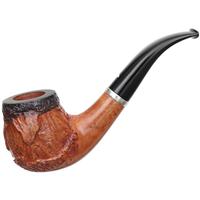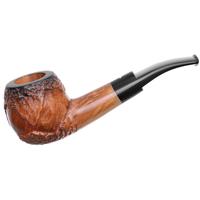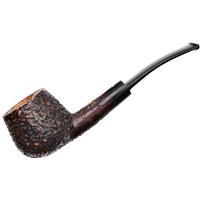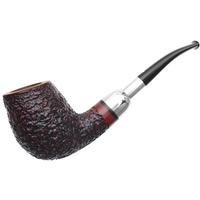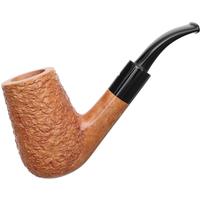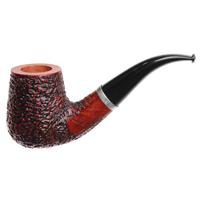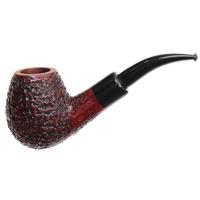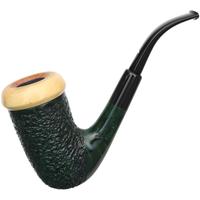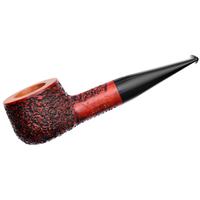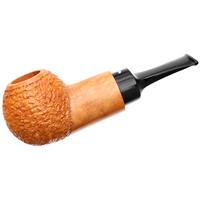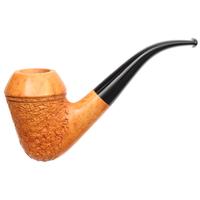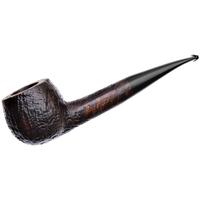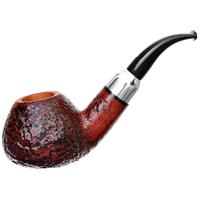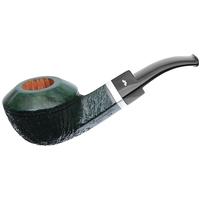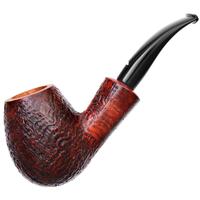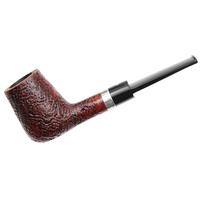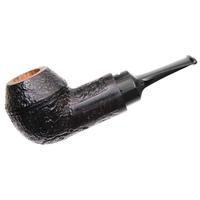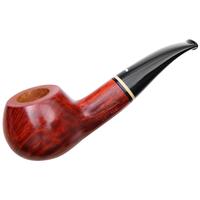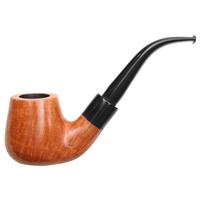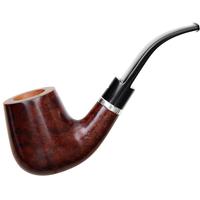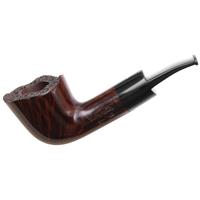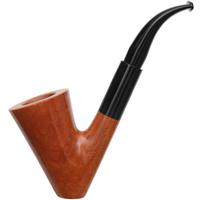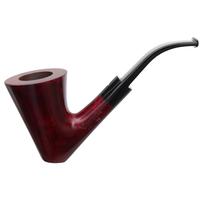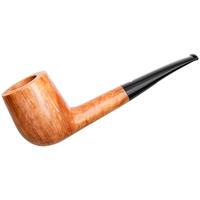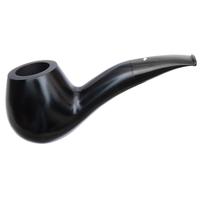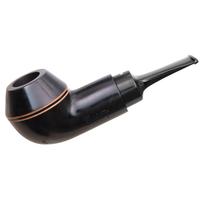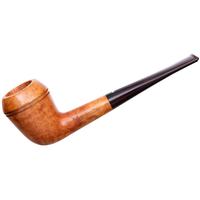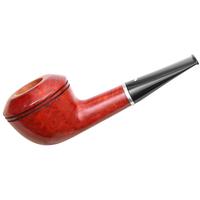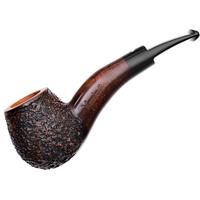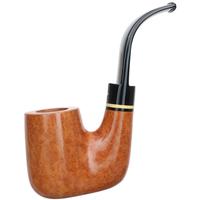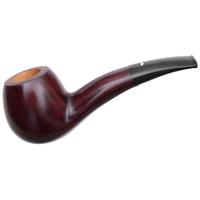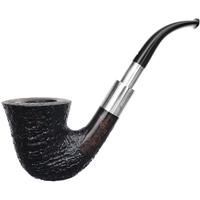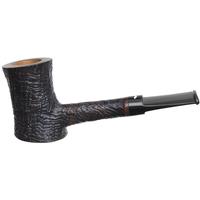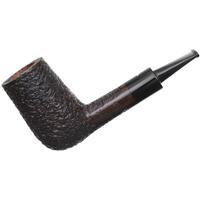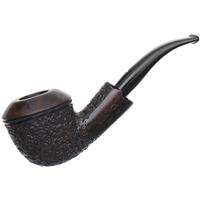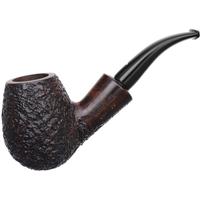Caminetto
29 Total
+About Caminetto
Filter +
Tags +
Filters
After working for Castello for nearly ten years, Guiseppe Ascorti, or "Peppino" to his friends, branched out and created his own independent workshop. Together with Luigi Radice, who also worked for Castello, and Gianni Davoli, Ascorti founded the Caminetto brand. "I tre Camini," as the trio were later known, soon made their mark on the world of pipes and pipe tobacco, particularly in the United States where Castello pipes were then in large demand but extremely scarce — playing heavily on that precedented Italian tradition while adapting and evolving it to something very much their own.
Guiseppe later left Caminetto to continue his craft, and together with his son Roberto, the Ascorti brand was born. Peppino's early death saw the reigns passed to Roberto, who continued to make Ascorti pipes. The "Pipa Del Baffo" ("the pipe with the mustache") still held a special place in the hearts of the Ascorti family though. and so they revived the Caminetto brand and shaped it into the one we know and love today.
With Roberto and his son Tommi — the third generation of Ascorti carvers — at the helm, Caminettos now bear one of two stamps: "AR" (Ascorti, Roberto) or "AT" (Ascorti, Tommaso). The AR line presents the work of either Roberto or Tommaso, and continues to include a fine combination of the Caminetto traditional shapes as well as many new, emerging forms, while the AT line is Tommi's alone, and features more experimental, boundary-pushing designs which, heretofore, would have been considered quite unexpected from Caminetto.
Guiseppe later left Caminetto to continue his craft, and together with his son Roberto, the Ascorti brand was born. Peppino's early death saw the reigns passed to Roberto, who continued to make Ascorti pipes. The "Pipa Del Baffo" ("the pipe with the mustache") still held a special place in the hearts of the Ascorti family though. and so they revived the Caminetto brand and shaped it into the one we know and love today.
With Roberto and his son Tommi — the third generation of Ascorti carvers — at the helm, Caminettos now bear one of two stamps: "AR" (Ascorti, Roberto) or "AT" (Ascorti, Tommaso). The AR line presents the work of either Roberto or Tommaso, and continues to include a fine combination of the Caminetto traditional shapes as well as many new, emerging forms, while the AT line is Tommi's alone, and features more experimental, boundary-pushing designs which, heretofore, would have been considered quite unexpected from Caminetto.



